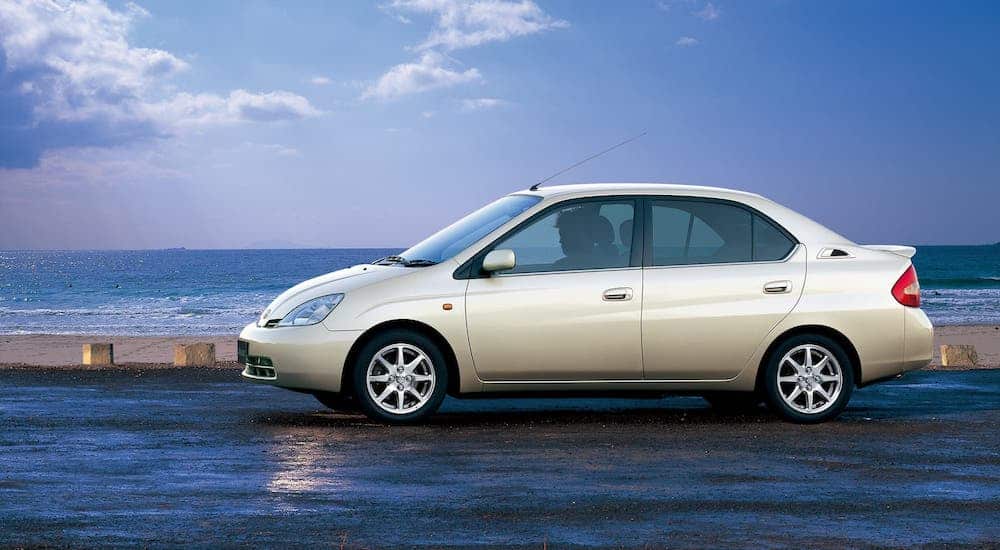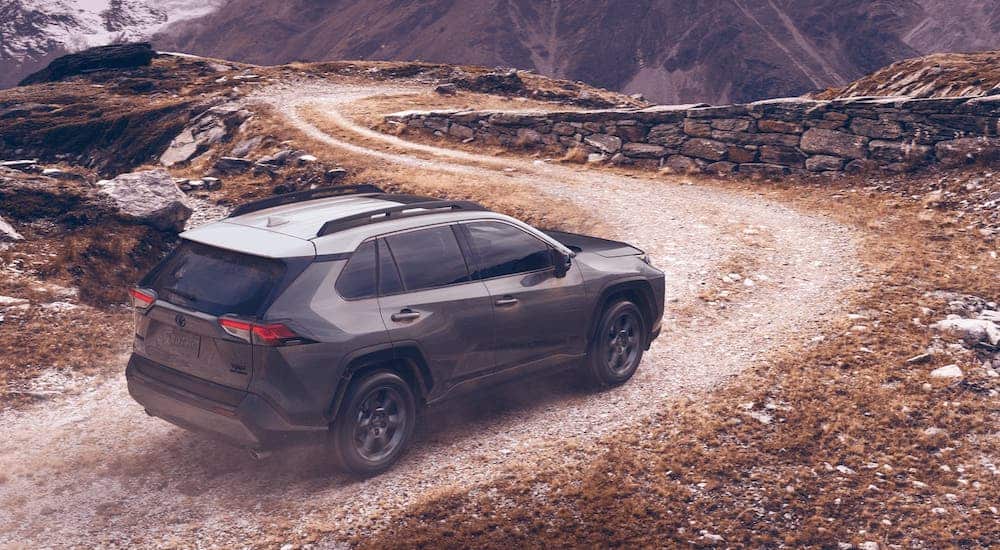If you’re interested in an affordable hybrid car that offers great mileage for your daily commute, then you might want to check out a Toyota Prius dealership for the latest in hybrid technology. The Prius is an excellent option for those who love the environment and hate spending money on fuel. If you’re living in the city or you have a long drive to work, hybrids are especially beneficial. Toyota specifically has created a long legacy of reliable hybrid vehicles that have earned their spot at the top of the pack as a pioneer in the hybrid market.
While you may be leery of hybrids all around, we’re confident that you’ll trust the Toyota Prius once you see how much progress it’s made for the hybrid community. The Toyota Prius really did influence the entire future of hybrid vehicles. The Prius set the stage for hybrid technology as we know it today. It wasn’t easy to create a hybrid that’s both fuel-efficient and drivable for more than a short period of time; however, Toyota found ways around this obstacle that forever changed the automotive industry.
Where It All Began
In the beginning, back in 1995, the Toyota Prius was set to get 1.5 times the fuel efficiency of gasoline cars in its class. However, developers decided that it would sell much better if they could double the average mileage instead. This wasn’t something that could happen after a few phone calls. At the time, getting a hybrid engine to double the average fuel economy safely and effectively almost seemed impossible. After multiple studies, Toyota created the Toyota Hybrid System, which includes two motors: the drive motor and the drive power/transmission control engine. This prototype proved imperfect at first, but over time it became the first-generation Prius we know now.
Despite its innovative setup, the Prius did face many hurdles before its final reveal in 1997, but the team worked diligently to overcome these roadblocks. The Toyota Prius then became the first mass-produced and sustainable hybrid vehicle on the market. Before the Prius, hybrid vehicles existed, but their issues outweighed their benefits. Toyota found a way around this and created a hybrid like no other at the time. Thanks to this innovation, other companies followed suit, and hybrid technologies have skyrocketed since.
How the Prius Has Evolved Over the Years
Let’s start by looking at the very first Prius generation. The first Prius uses the Toyota Hybrid System, using a 1.5-liter gasoline engine paired with an electric motor. Its body is less aesthetically pleasing than later Prius models, but it served its purpose of providing fuel-efficient transportation in the early 2000s. The second-generation Prius turns up the dial, getting up to 60 miles per gallon, and offering more convenience options such as cruise control, a keyless entry system, and tire pressure monitoring. You may not find these cars around anymore, even at a Toyota Prius dealership, but if you do, we can assure you that they’ll be very affordable.
By the third generation, the Prius included options for a HomeLink garage door opener, a multi-information display, heated front seats, and a rear window electric defogger. It’s definitely higher-tech in its interior features than the previous iterations. The 2010 model specifically offers a 1.8-liter DOHC 16-valve engine, push-button ignition, and ECO or EV driving modes. It uses a solar-ventilation system, which is fueled by solar cells on the Prius’ roof. New eco-friendly car tax breaks helped the third generation outsell its expected monthly projection by 170,000 sales.
Finally, the fourth generation is where we currently stand. This Prius is much nicer to look at than its previous generations. This time, Toyota decided to spend some time making the Prius look sportier instead of boxy and casual. Not only that, but the interior is both appealing and comfortable, with a design made to assist in posture and relaxation. It also comes with driver assistance features such as lane departure alert, steering assist, lane departure warning, blind spot monitoring, rear cross-traffic alert, and more.
Another nice perk of the fourth generation Prius is its all-wheel drive capability. Even the all-wheel drive fourth-generation trims can get up to 51 miles per gallon on the highway. Their horsepower is significantly higher than previous generations, too, landing at 121 hp with up to 120 lb-ft of torque. Thanks to the newer generation, you can experience power and fuel economy at the same time.
The 2021 Toyota Prius has a driving range of up to 540 miles when fully fueled and charged. Additionally, Toyota released the plug-in hybrid Prius Prime in 2017, adding even more ammo to their hybrid arsenal. Plug-in hybrids allow drivers to drive solely on either gasoline or electric power, rather than continually running on both like a traditional hybrid. Basically, a plug-in hybrid can utilize just electricity for practically zero-emissions driving for a short-range before having to rely on the fuel.
Overall, the Prius is making more and more waves with each passing generation. Better batteries, better engines, and better ranges are all creating a stronger appeal to switch over to hybrid power. The additional environmental benefits are quickly becoming a secondary benefit for a powerful car that people want to own rather than the sole marketing strategy for selling people on hybrid power.
Models That Wouldn’t Exist Without the Prius
While the Prius was released over 20 years ago, its influence on the hybrid industry carries on. If Toyota hadn’t worked so hard to find ways to create sustainable hybrid engines, we wouldn’t have vehicles like the Ford Escape Hybrid, the Honda Civic, or the Hyundai Sonata Hybrid. While Toyota mastered hybrid technology, several reliable hybrids began appearing thanks to its tech innovations. While other brands were influenced by the Prius, Toyota has proven to be especially innovative and ahead of the pack in hybrid development.
After the Prius, Toyota developed the Highlander and the Camry in hybrid trims. At first, the company developed hybrids solely for their stellar fuel performance, but then they realized that many customers don’t want to sacrifice power for fuel economy. With models such as the Highlander and the Camry, they bridged the gap between fuel-efficient and powerful.
The Toyota RAV4 provides a nice balance, with its newest model getting up to 219 horsepower while still maintaining up to 41 miles per gallon on the highway. This type of vehicle would not be possible without the Prius. Speaking of which, like we saw earlier, the Prius’ horsepower rose over time as well, and its gas mileage didn’t really suffer for it.
The Future of the Prius Is Bright
Toyota has always been an innovative brand. Each generation of the Prius has lasted around 5 to 6 years, and each of those generations came with new benefits and technologies. While it seems difficult to top the Prius in its current state, we know that Toyota never falls behind. Since the Prius set the stage for all future hybrid vehicles, its legacy will help keep its name intact. For this reason, it’s not likely that Toyota will drop the Prius. Instead, they’ll work to better develop the next generation of Prii into something that every driver will want.






